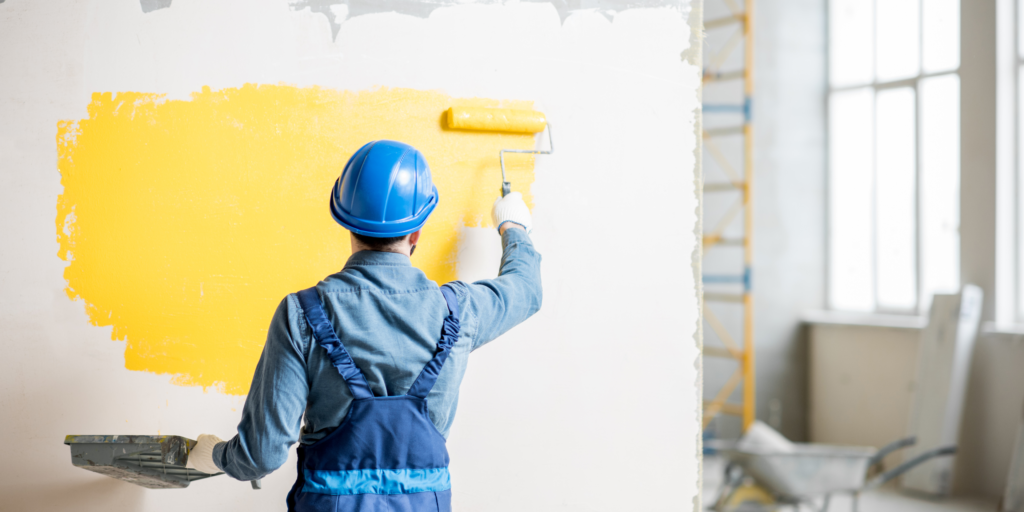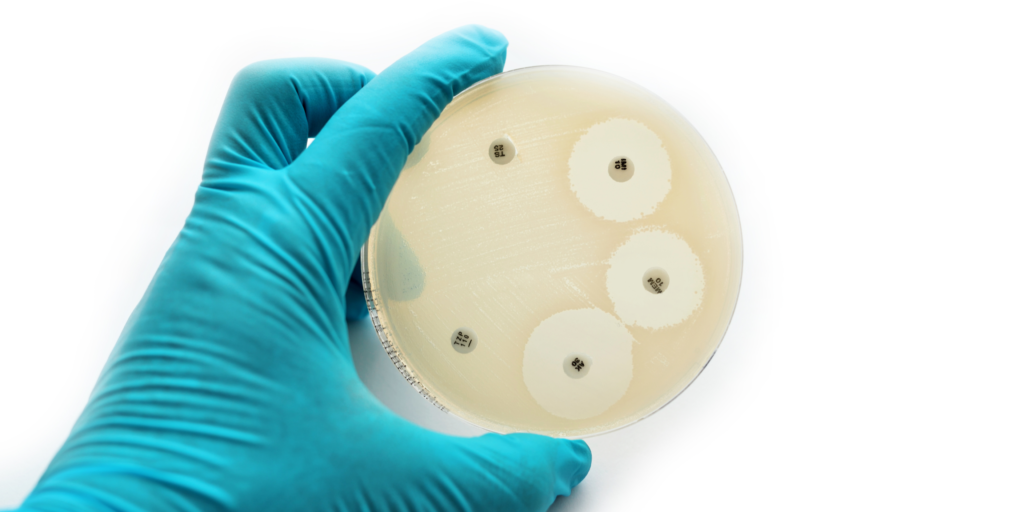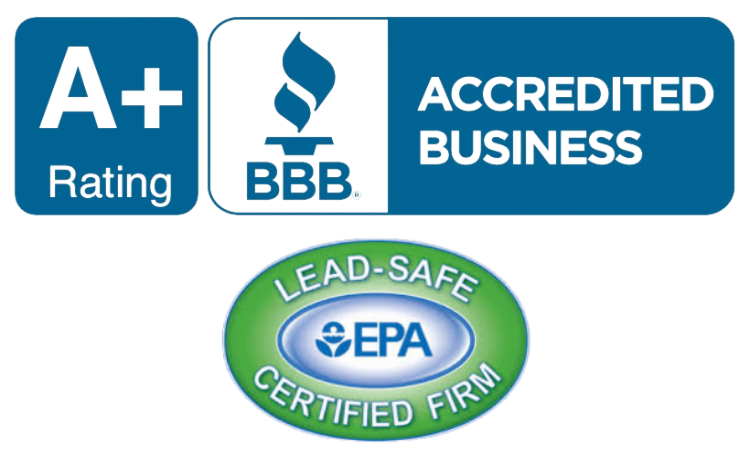The paints, which contain antibacterial compounds, will inhibit microbes such as bacteria, fungi, and other microbes on the painted surfaces. It transforms paint by introducing new color schemes and disease propulsion. Antimicrobial paint, which has been around for decades, is trendy nowadays thanks to the introduction of technology and research.
How does antimicrobial paint work?
The science behind antimicrobial paint is a fascinating fact. The active ingredients of the paints target microorganisms on a cellular level, inhibiting growth and proliferation. These natural or artificial elements can be included in the paint. Antibacterial agents are the ones that prevent microbes such as bacteria, molds, mildew, and other microorganisms from growing on surfaces.

Nevertheless, each antimicrobial ingredient has its own properties and action mechanisms. Traditionally, such agents use silver, copper, and quaternary ammonium compounds. Because of their wide-spectrum antibacterial nature, silver ions are a popular choice among healers. Copper ions are widely used in healthcare since they have antimicrobial properties. The quaternary ammonium compounds that are synthesized kill microorganisms by disabling cell membranes and preventing microbes from growing.
Benefits of using antimicrobial paint in your home
The antimicrobial paint has the ability to lower the amount of bacteria and other microbes inside your home. That is why it is the most important in the kitchen. This is where bacterium contamination is the highest. Antimicrobial paint decreases the microorganisms on the surfaces. Thus, it helps live healthier.
Antimicrobial paint also prevents the growth of mold and mildew. Mold and mildew will damage the surfaces and constitute health risks, especially to respiratory patients. Antimicrobial paint prevents these fungi from germinating and keeps the environment free of dirt.
Safety considerations when using antimicrobial paint
There are many advantages of antimicrobial paint, but their careful application and use are very important. The ventilation system should be designed in such a way that it allows the removal of toxic vapors. Proper air circulation decreases the exposure and contributes to the workers’ health.
Potential health risks associated with antimicrobial paint
Antibacterial paint is beneficial. Nonetheless, it can lead to health risks. Antimicrobial paint is a trigger for allergic reactions. Itchy rashes, redness, coughing, or wheezing may be symptoms for some people.
Among VOCs from antimicrobial paint, respiratory difficulties may be caused. Chemicals that go into the air at room temperature are VOCs, and they contaminate the indoor air. When the air contains high VOC concentrations, people may experience breathing-related problems, headaches, dizziness, and even chronic diseases.
The possibility of dermatitis poses another risk of antimicrobial paint. The paint or its ingredients can get to the skin surface to cause dryness, redness, irritation, or chemical burns. Protective gloves and work clothes lessen the possibility of skin irritation.
Environmental impact of antimicrobial paint
The environmental impact of antimicrobial paint should be covered. Idle paint should be properly dealt with in order to avoid water and soil pollution. In compliance with the local paint disposal or recycling rules, it is suggested that we do so.
Antimicrobial chemicals released during the cleaning process or a breakdown of the surface can pollute both water and soil. The chemical compounds can seep into waters or soil, polluting water and ecosystems. When selecting antimicrobial paint, think about its lasting effects and environmental impact.
Non-antimicrobial paints are the alternatives to antimicrobial paints and are safe to use in our homes. Natural and low-VOC paints are examples of these types of paint. Naturally derived paints that are made from vegetable and mineral extracts without synthetic antimicrobials are safer. Volatile organic compounds are low in low-volatile organic compounded paints, hence improving indoor air quality.

Disinfecting and washing surfaces helps to make the home more hygienic. Keeping ventilation open and washing clean, plus immediately removing mold and mildew, can reduce the use of antimicrobial paint to keep the house clean.
Alternatives to antimicrobial paint for a safer home environment
The other environment-safe antimicrobial paints that can be used instead of conventional paints are the natural paints, which are safe and clean. Natural paints are the ones made of plant extracts, minerals, and water-soluble binders. Chemical-free personal care products are safer for humans and the environment as they do not contain synthetic antimicrobials and toxic substances.
Eco-friendly paint is also an option. Many of these paints contain substantially fewer of the air-polluting volatile organic compounds that are usually present in the indoor air. Such paints are less polluting, which contributes to the same outcome: your home becomes a safer and healthier place.
Antibacterial paint has the ability to reduce germs, mold, and mildew and also preserve the surface quality. It has to be appropriately and safely applied, with sufficient ventilation and protective gear. Antibacterial paints may bring about allergic reactions and shortness of breath and also cause skin irritations. In addition to the environmental impact, antimicrobial paints should also be assessed for responsible disposal and consideration of choices such as natural or low-VOC paints. Antimicrobial paint can be picked out depending on your preferences and the circumstances of your use, keeping in mind both its pluses and minuses.

